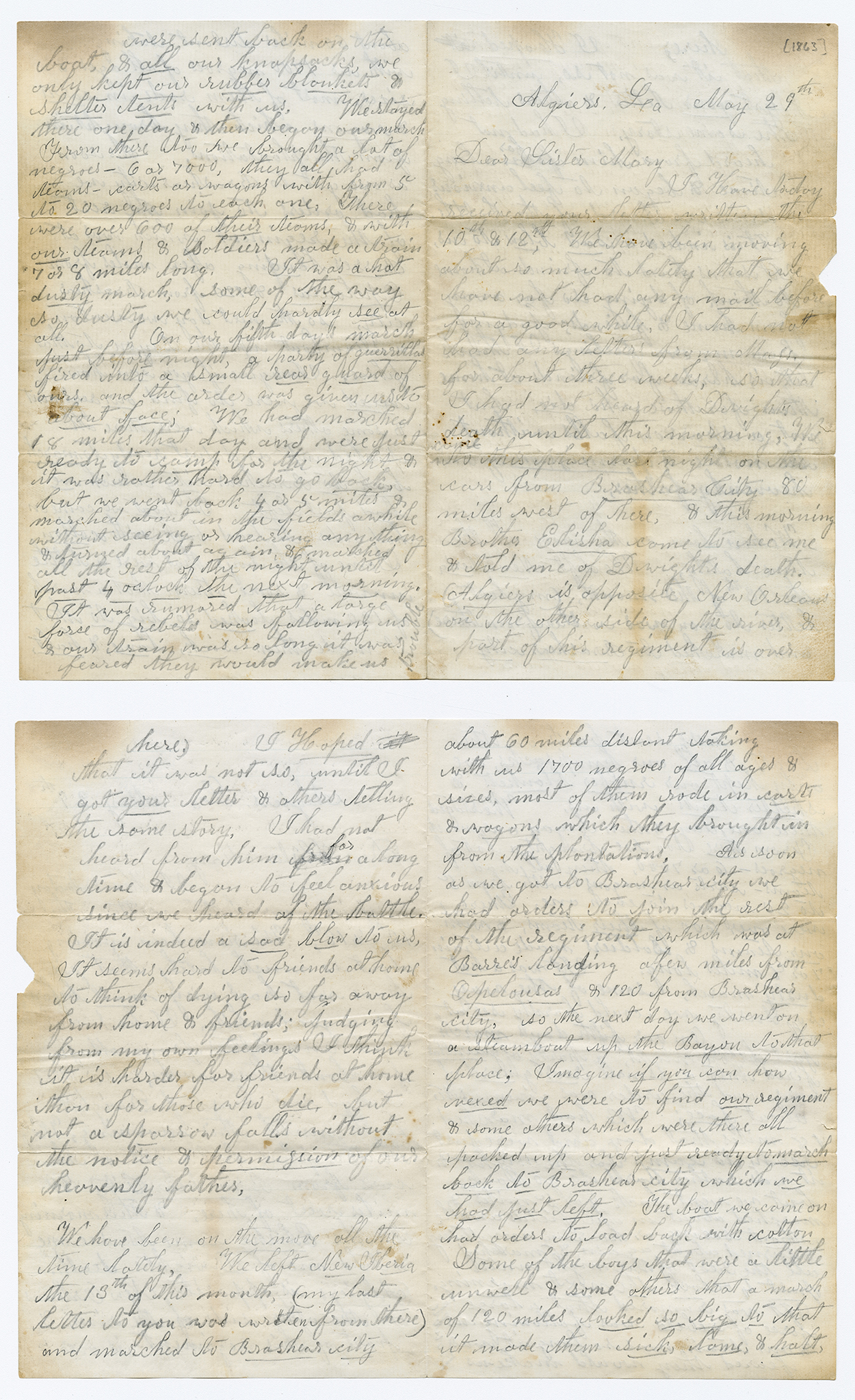Finding the nth Term - StudyMaths.co.uk.
Each term in a sequence has a position. The first term is in position 1, the second term is in position 2 and so on. Position to terms rules use algebra to work out what number is in a sequence if.Finding the nth term of a linear sequence. Sometimes, rather than finding the next number in a linear sequence, you want to work out the number, or the number. Writing out or numbers takes too much time, so you can use a general rule. To find the value of any term in a sequence, use the term rule.The second differences are, so the formula has something to do with. The sequence of square numbers is:, ,, ,. Our sequence is:, ,, ,. Each term in this sequence is less than the corresponding term in the sequence of square numbers, so the rule for the term is.
Linear sequences A number pattern which increases (or decreases) by the same amount each time is called a linear sequence. The amount it increases or decreases by is known as the common difference.Trying to find the value of a certain term in a geometric sequence? Use the formula for finding the nth term in a geometric sequence to write a rule. Then use that rule to find the value of each term you want! This tutorial takes you through it step-by-step.

Learn how to find recursive formulas for arithmetic sequences. For example, find the recursive formula of 3, 5, 7,. Google Classroom Facebook Twitter. Constructing arithmetic sequences. This is the currently selected item. Practice: Recursive formulas for arithmetic sequences. Explicit formulas for arithmetic sequences.












